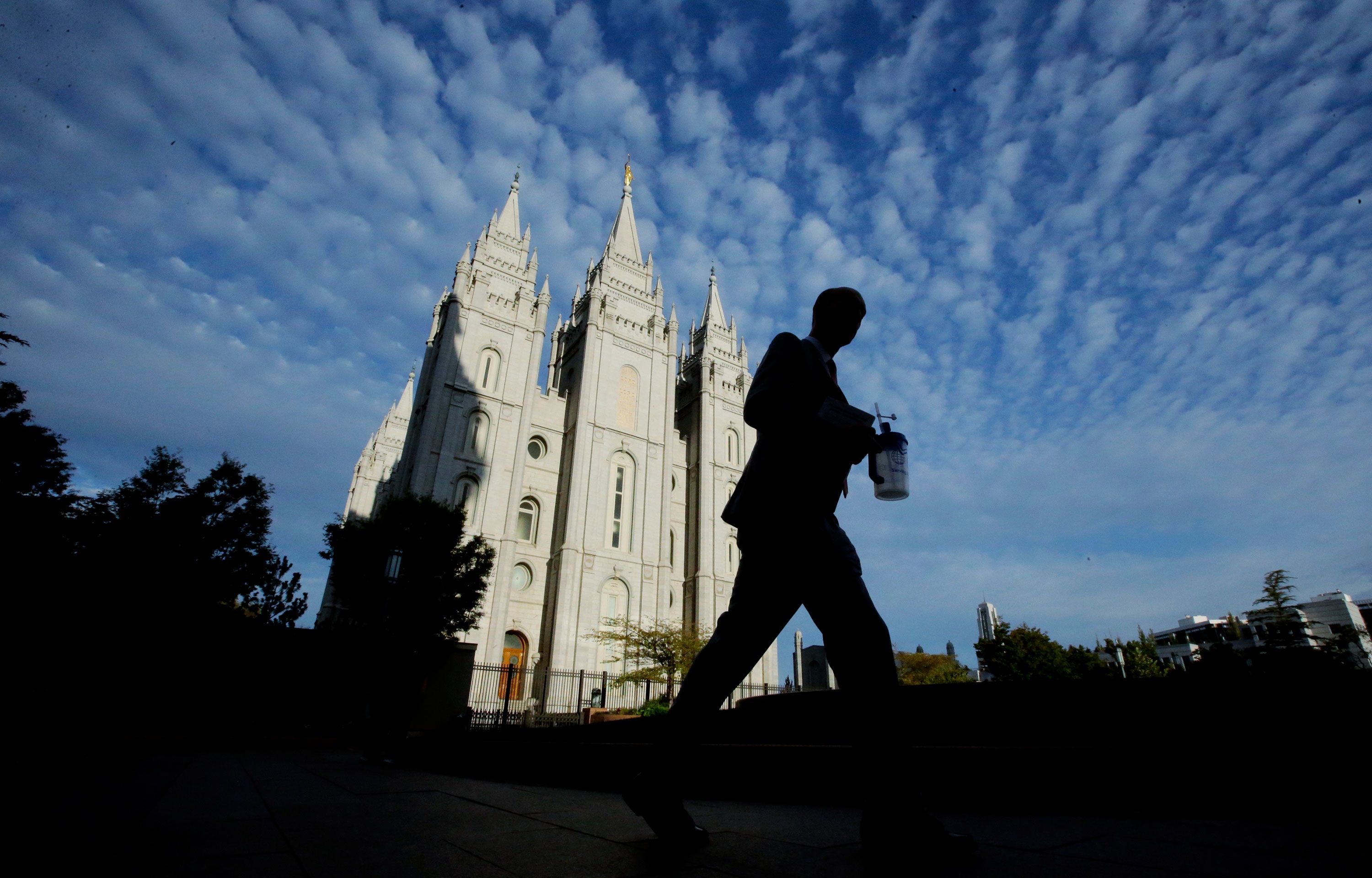The Church of Jesus Christ of Latter-Day Saints which is also referred to as the Mormon Church – has a complex relationship with race. This article will provide an accurate account of the way Black individuals were historically treated in the Mormon Church. We will look at the policies that were imposed, as well as the Church’s transition to abandon past beliefs and racist practices.
Blacks in Mormonism The Historical Background
From 1852 to 1978, from 1852 to 1978, the Mormon Church enforced a rule which prohibited blacks from Mormonism from being ordained priests. This policy was based on the scriptures’ interpretations and popular racial beliefs of the day. Blacks were not allowed to take part in certain rituals or obligations of the Church. This resulted in segregation within the Mormon community. It’s crucial to acknowledge the fact that this discrimination was not exclusive to Mormonism however, it reflected the pervasive racial prejudices that were prevalent in American society during that era.

Mormon Black Peoples & the 1978 Revelation
The year 1978 marked the beginning of a major turning point in the history of Mormonism. Spencer W. Kimball was the church’s president at the time, and he received a “divine revelation” regarding the exclusion of the priesthood for Black people. This was believed to be an event of significance that lifted a policy in place for over 100 years. The Church of Jesus Christ of Latter-Day Saints affirmed that Black individuals can now claim the priesthood and fully participate in the activities of the Church.
The Church today rejects racist ideologies, while promoting the unity of all people and encouraging everyone to join in the love of Jesus Christ, regardless of race. The doctrine of today asserts that everyone is equal and focuses on God’s acceptance of all people regardless of gender, race, social situation, or other. For more information, click Mormons and Black People
Joseph Smith’s Fair Treatment of Black Individuals
Joseph Smith, the founder of the Mormon Church, treated Black people with respect, despite the discrimination that was prevalent at the time. Joseph Smith may have ordained Black men to the Priesthood in his lifetime, based on documents from the past. This practice was consistent with Smith’s teachings on equality and inclusion in the Church. The Church’s leaders who embraced Smith’s policies enacted laws that excluded African-Americans from the priesthood. This was a reflection of the changing attitudes towards race towards race at the beginning of the 19th century.
Racism It is something to address and moving towards unity
The Church of Jesus Christ of Latter-Day Saints is taking important steps in modern times to tackle racism and create unity among its members. The Church has made statements that denounce past racial beliefs. The Church’s leadership has issued statements condemning past racism and racial practices.
The Church actively promotes the values of love, acceptance and understanding among its diverse members, while highlighting their worth and worth. The Church tries to teach its members about the significance of cultural sensitivity and inclusivity.
Conclusion
Understanding the story of Blacks and the Church of Jesus Christ of Latter-Day Saints progress on racial matters is essential to ensure equality and promote unity. The Church’s painful past is evident in a rule that for over a century barred Blacks from ordination to priesthood. The announcements concerning the policy marked a pivotal moment that signaled a commitment to equality and inclusion.
The current position taken by the Mormon Church opposes racism and affirms equality. The Church also promotes unconditional love and respect for everyone in its membership. By addressing historical biases against race, and taking steps to move forward towards equality, the Mormon Church is moving forward towards acceptance and understanding.

